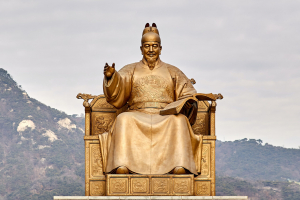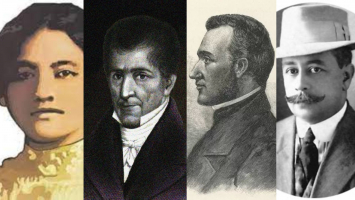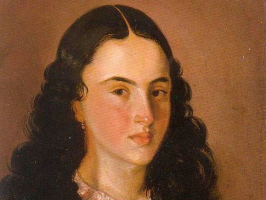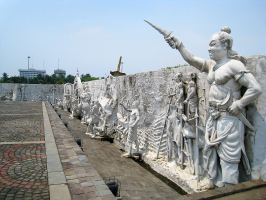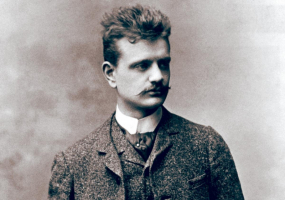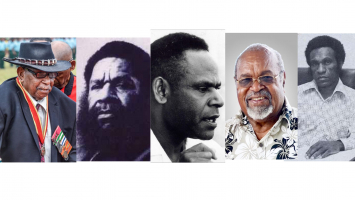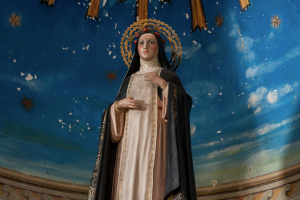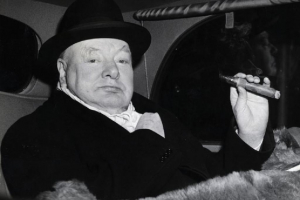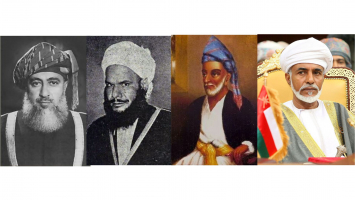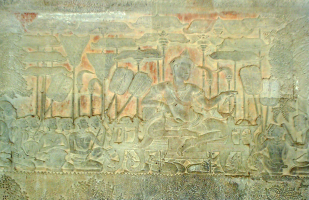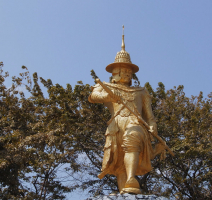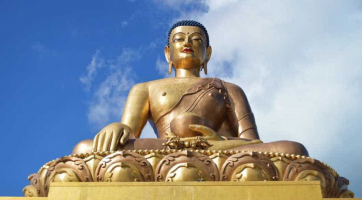Top 12 Historical Figures in Wolf Hall
The historical fiction book Wolf Hall, authored by Hilary Mantel, was released in 2009. The story, which takes place in England between 1500 and 1535, focuses ... read more...on Thomas Cromwell's life and ultimate ascent to power under King Henry VIII. The story is set in turbulent 1520s England and is told from the viewpoint of Thomas Cromwell, one of the king's most dependable advisors. Mantel produced a rich account of the events preceding the start of the English Reformation after conducting extensive research to ensure historical authenticity and continuity. By bringing these incidents to life, Wolf Hall demonstrates how history is rife with opportunity. Although the past may appear to be unchanging, it is made up of events and decisions that permanently changed the course of history. Let's discover the historical figures in Wolf Hall with Toplist.
-
Pope Clement VII presided over both the Papal States and the Catholic Church from 19 November 1523 until his death on 25 September 1534. The pontificate of Clement VII, known as "the most wretched of the popes", was characterized by a quick series of political, military, and theological conflicts—many of which had been decades in the making—that had profound repercussions for Christianity and global affairs. In contrast to his torturous pontificate, Clement was a devout man with a respectable character who had "great theological and scientific acquirements" and had "extraordinary address and penetration—Clement VII, in calmer times, might have administered the Papal power with high reputation and enviable prosperity".
Clement, however, does not appear to have understood the changing position of the Pope" in connection to Europe's developing nation-states and Protestantism, despite his extensive insight into the political affairs of the continent. In the Medici tradition, Clement left behind a major cultural legacy. He paid for pieces of art by Raphael, Benvenuto Cellini, and Michelangelo, notably The Last Judgment by Michelangelo, which is located in the Sistine Chapel. Clement is most remembered for approving Nicolaus Copernicus's thesis that the Earth revolves around the Sun in 1533, 99 years before Galileo Galilei was put on trial for heresy for holding a view identical to Copernicus'.
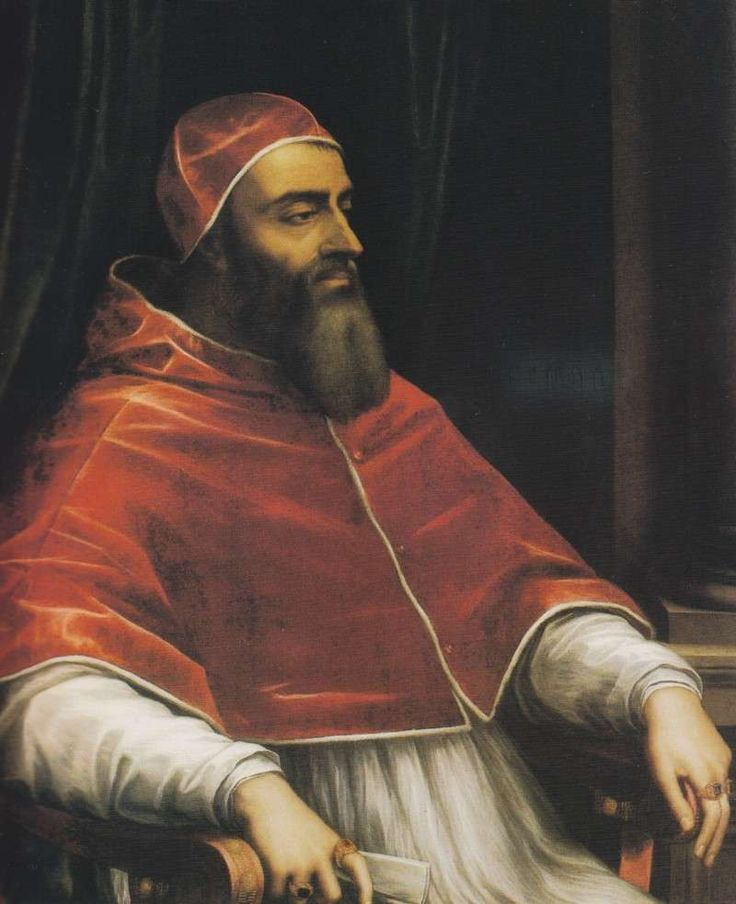
br.pinterest.com 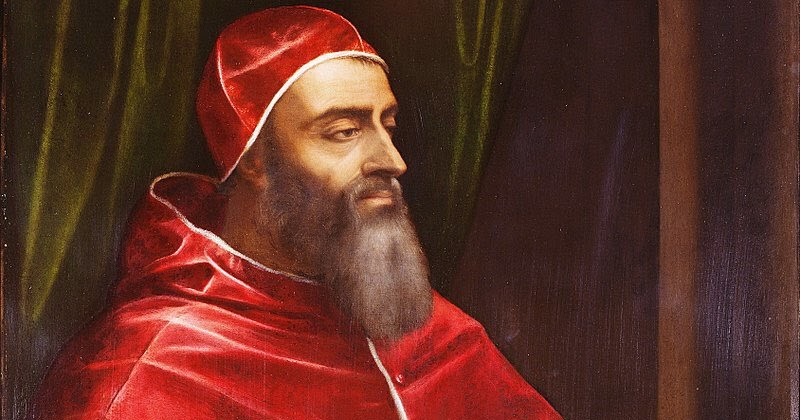
blogspot.com -
As King Henry VIII's fourth wife, Anne of Cleves reigned as Queen of England from 6 January to 12 July 1540. Before 1527, when she was engaged to Francis, Duke of Bar, son and heir of Antoine, Duke of Lorraine, nothing is known about Anne; nonetheless, their marriage did not take place. Negotiations for Anne and Henry's union started in March 1539 because Henry thought he needed to join forces with her brother, William, who was the head of the Protestants in western Germany, politically in order to strengthen his position against potential attacks from Catholic France and the Holy Roman Empire.
After arriving in England on December 27 and wed Henry on January 6, 1540, the union was deemed to be unconsummated six months later, and Anne was not given the title of queen consort as a result. After the annulment, Henry generously settled with her, earning her the title of the King's Beloved Sister. She outlived the rest of Henry's wives by staying in England and seeing the coronation of Mary I as well as Edward VI's rule. On July 16, 1557, Anne perished at Chelsea Old Manor. Cancer was the most likely factor in her demise.
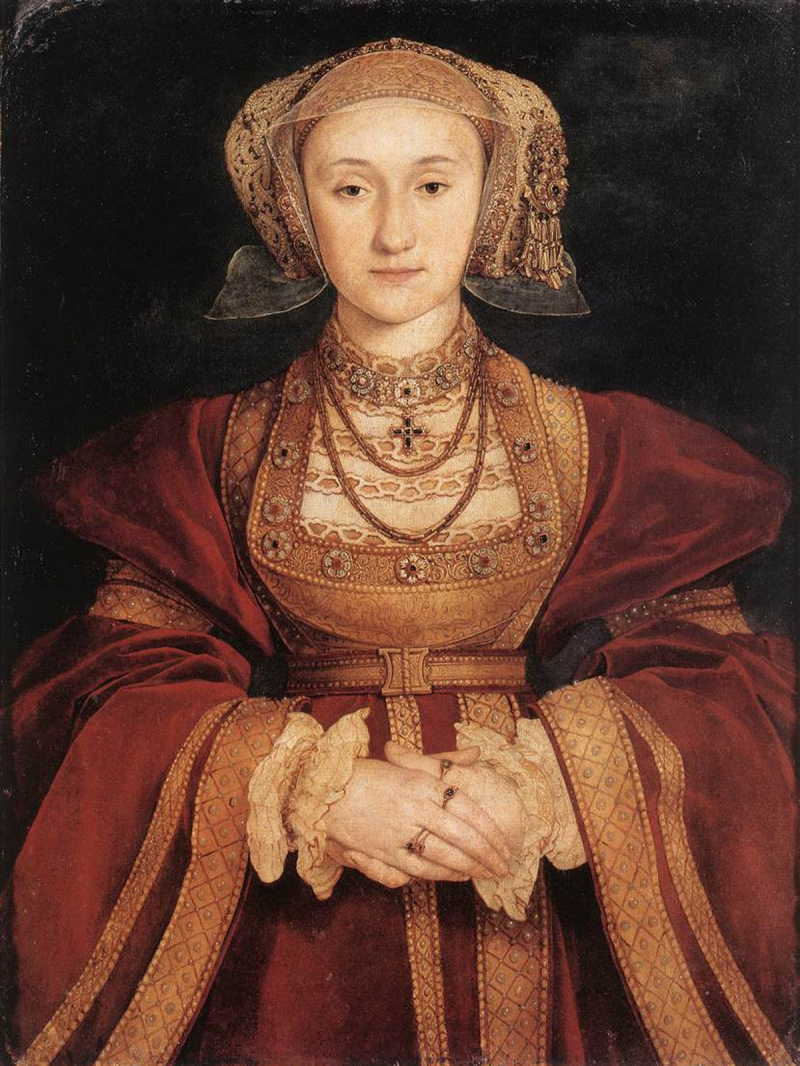
blogspot.com 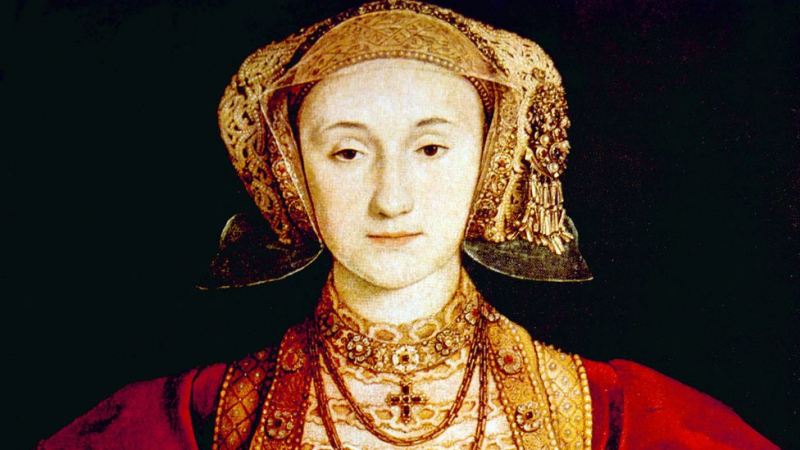
BBC -
From the time of her marriage to King Henry VIII of England on May 30, 1536, until her passing the following year, Jane Seymour served as the monarch of England. Following the death of Henry's second wife, Anne Boleyn, she was crowned queen. She was the only wife of Henry to have a queen's burial or to be buried next to him in St. George's Chapel at Windsor Castle. She passed away from postnatal difficulties less than two weeks after giving birth to her sole child, the future King Edward VI. She was a direct descendant of Lionel of Antwerp, 1st Duke of Clarence, who was the son of King Edward III through her maternal grandparents.
She was fifth cousin to King Henry VIII as a result. Additionally, she and his second and fifth wives, Anne Boleyn and Catherine Howard, had a great-grandmother, Elizabeth Cheney. Compared to Henry's first and second wives, Catherine of Aragon and Anne Boleyn, Jane did not have as much education. She had some reading and writing skills, but she excelled in housekeeping and needlework, which were seen as far more essential for women. Her needlework is said to have been exquisite and elegant; part of it is known to have been handed to the Seymour family as late as 1652. Henry was described as a "enthusiastic embroiderer" after her passing.
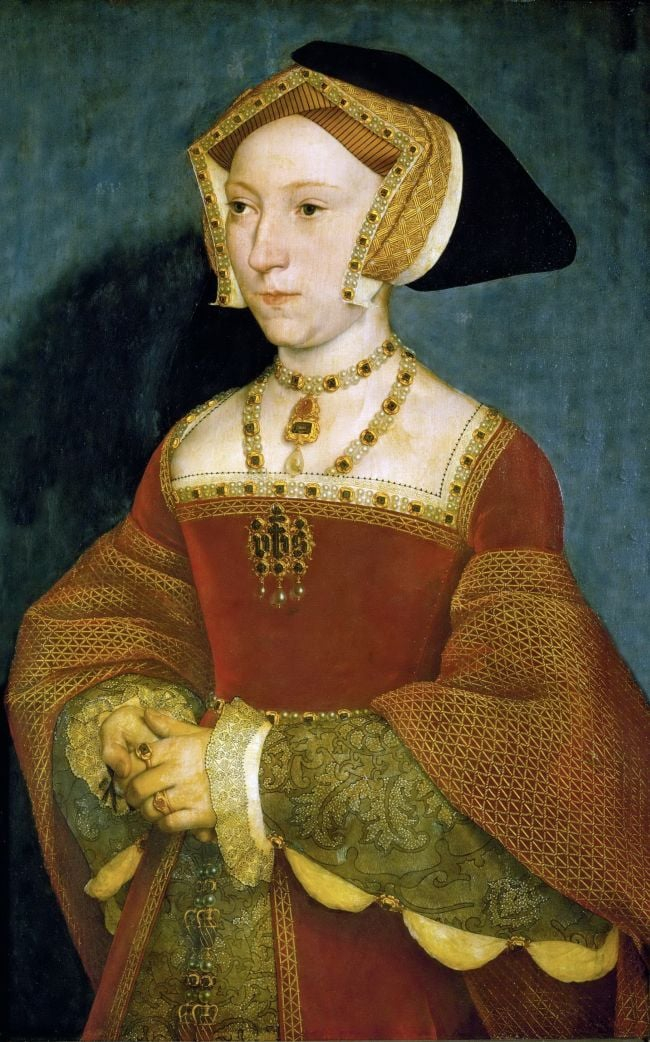
oceansbridge.com 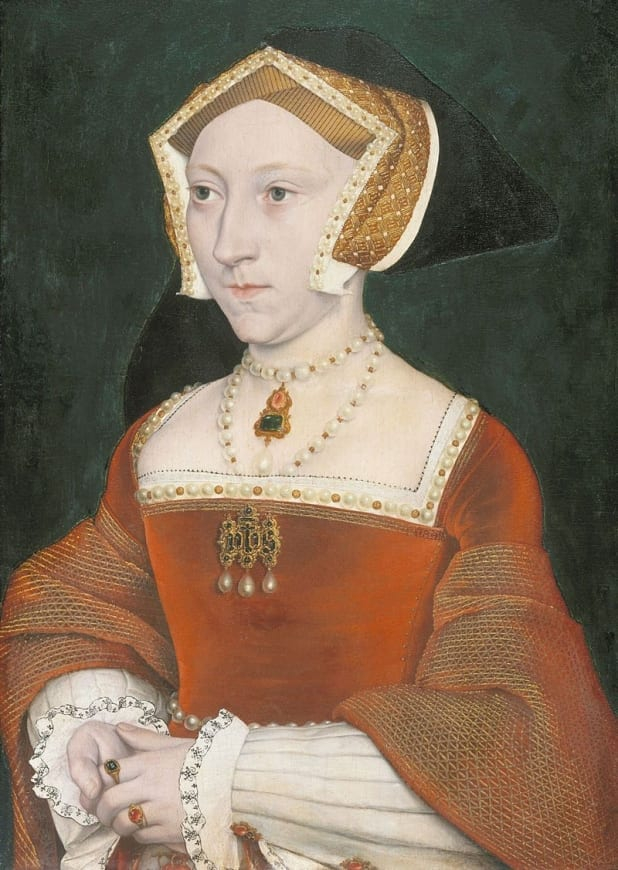
Foreign Policy Initiative -
In her capacity as King Henry VIII's second wife from 1533 to 1536, Anne Boleyn ruled England. She became a pivotal figure in the political and religious upheaval that signaled the beginning of the English Reformation due to the circumstances surrounding her marriage and her beheading execution for treason and other offenses. The daughter of Thomas Boleyn, 1st Earl of Wiltshire, and Lady Elizabeth Howard, Anne received her education primarily as Queen Claude of France's maid of honor while living in the Netherlands and France.
Henry VIII started pursuing Anne in February or March of 1526. She refused to become his mistress, as her sister Mary had done in the past, and fought his attempts to seduce her. Henry soon concentrated his efforts on getting his marriage to Catherine dissolved so he could wed Anne. Wolsey was unable to convince Pope Clement VII to nullify Henry's marriage, and when it became clear that Clement would not do so, Henry and his advisors, including Thomas Cromwell, started the process of weakening the Catholic Church's influence in England and closing the monasteries and nunneries. Henry appointed Anne as the Marquess of Pembroke in 1532.
After being hitched in secret on November 14, 1532, Henry and Anne were legally wed on January 25, 1533. Henry and Catherine's marriage was ruled null and invalid on May 23, 1533, while Henry and Anne's marriage was deemed lawful five days later by Thomas Cranmer, the newly appointed Archbishop of Canterbury. On June 1st, 1533, Anne was crowned queen of England. She gave birth to the future Queen Elizabeth I on September 7. Henry expressed his affection for Elizabeth even though he was sad to have a girl instead of a son. After three additional miscarriages by Anne, Henry began dating Jane Seymour in March 1536. Henry had to come up with an excuse to divorce Anne in order to wed Seymour.
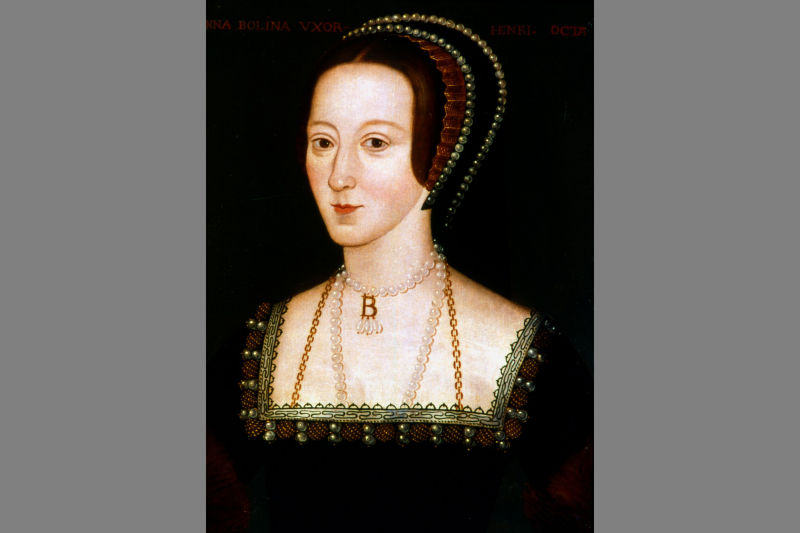
ThoughtCo 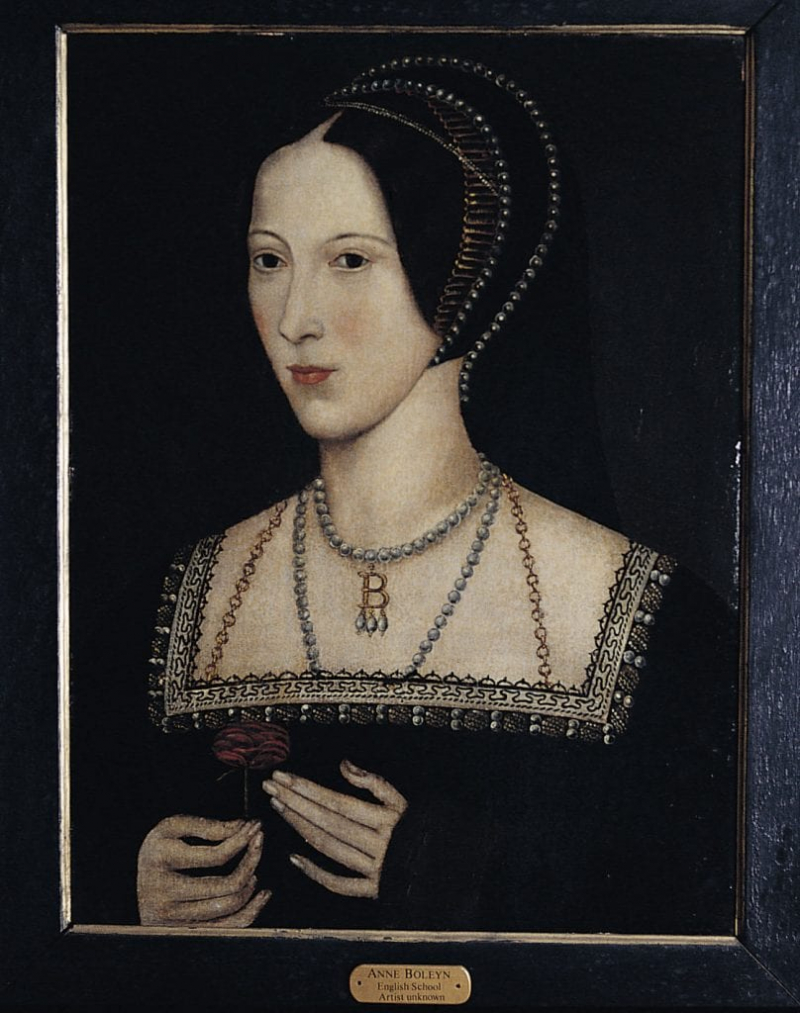
educational-life.org -
Henry VIII of England's first wife, Catherine of Aragon. Henry's rupture with Rome and the English Reformation were caused by Pope Clement VII's reluctance to declare Henry and Catherine's marriage null and void. Catherine was the youngest child of Spanish monarchs Isabella I of Castile and Ferdinand II of Aragon. She wed Prince Arthur, King Henry VII of England's oldest son, in 1501. The year after Arthur passed away, she was soon engaged to Prince Henry, Henry VII's younger son. However, the marriage was postponed until her fiance succeeded to the kingdom as Henry VIII in 1509 due to animosity between England and Spain at the time and Ferdinand's unwillingness to pay the whole dowry.
The couple enjoyed their happy life for a while. While he was fighting the French, Catherine was an effective regent because she shared her husband's intellectual diversity (1512–14). Six children, including two males, were born to Catherine between 1510 and 1518; however, all save Mary (who would go on to become the queen of England from 1553-58) either died at birth or were stillborn. Henry's need for a legitimate male heir prompted him to request an annulment from Rome in 1527 on the grounds that the union had broken the biblical ban on a man marrying his brother's widow. Catherine made a request to Pope Clement VII, arguing that since her first marriage to Arthur had never been consummated, her union with Henry was legitimate.
The pope put off giving the annulment for seven years in order to avoid upsetting Catherine's nephew, the Holy Roman emperor Charles V. In July 1531, Henry and Catherine finally divorced. He had the marriage to Catherine annulled by his own archbishop of Canterbury, Thomas Cranmer, on May 23, 1533, five months after he married Anne Boleyn. The Act of Supremacy, which was approved by Parliament, declared the king to be the head of the English church and rejected all papal authority in England. Henry made Catherine spend her final years away from any public life, despite the fact that she had always been beloved by the English people.
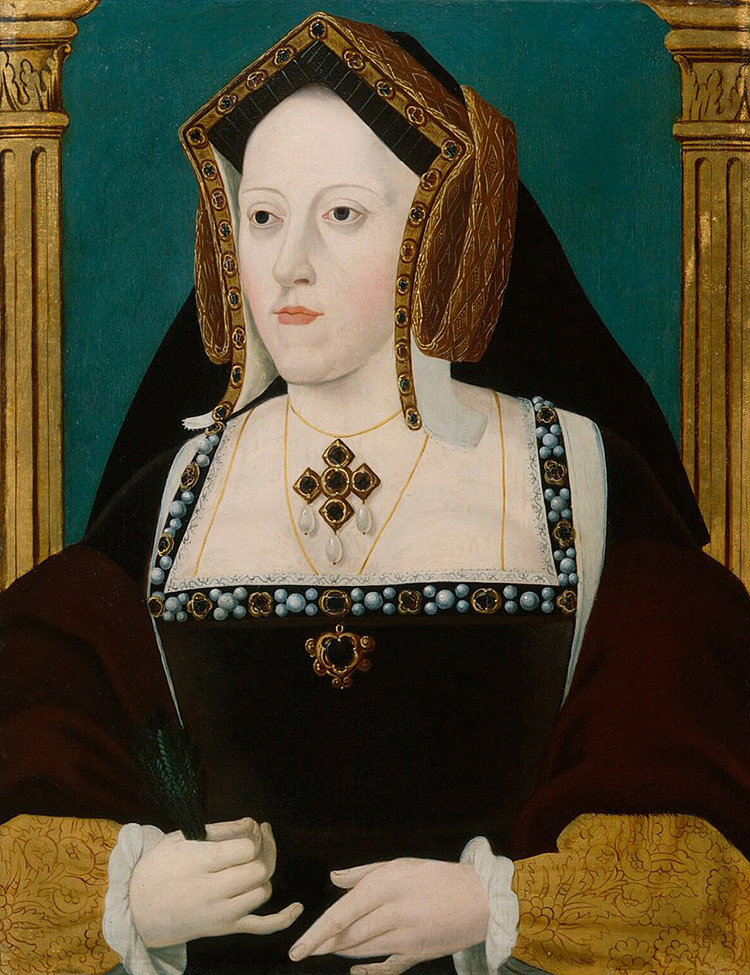
historyhit.com 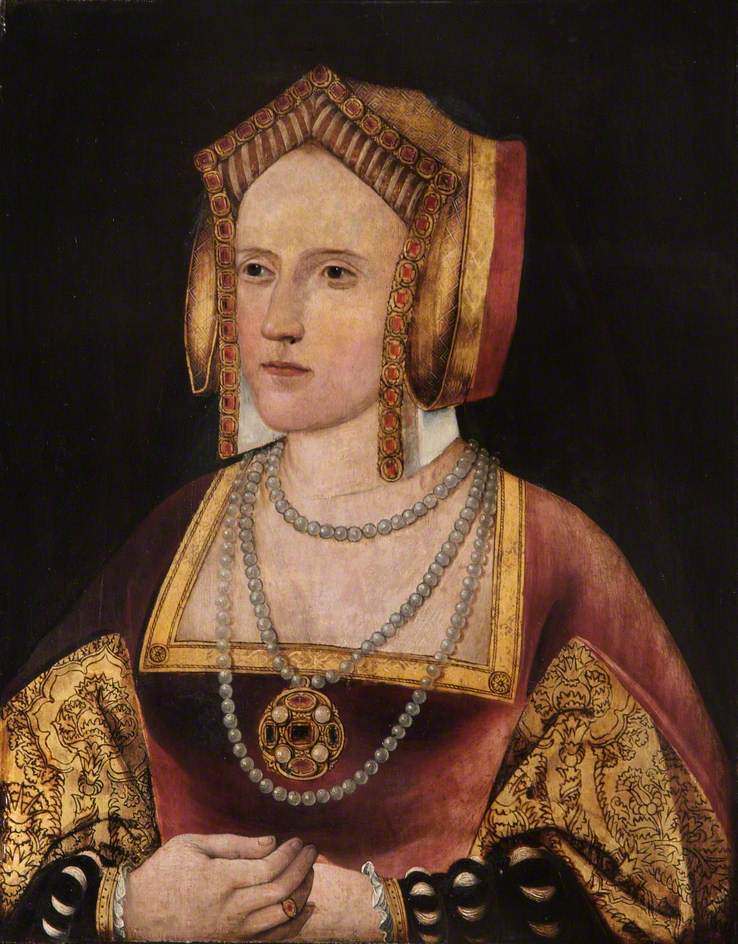
blogspot.com -
Henry VIII's brother-in-law and leading courtier throughout his reign, Charles Brandon, 1st Duke of Suffolk. William Brandon, his father, lost his life in 1485 while defending Henry Tudor (later King Henry VII). The only member of Henry VIII's company who could compete with Henry VIII in a game of skill was young Brandon, a big, athletic guy. In the 1513 expedition against France, he shown his own bravery (for which he was awarded a viscountcy), but when he was later given military positions (1523 and 1542-44), he merely showed stupidity.
Henry appointed Brandon Duke of Suffolk in February 1514. Suffolk was despatched to Paris early the next year to facilitate a union between Henry's sister Mary and King Francis I of France; nevertheless, Suffolk wed Mary himself, risking treason charges. According to Thomas Cardinal Wolsey, Henry's main minister, the duke quickly won back the king's favor. Although he lacked the traits of a leader, Suffolk still assisted in the overthrow of Wolsey in 1529, and for a number of years afterward he seemed to be among the influential members of the king's council. He rejoiced at Anne Boleyn's death. Following the death of King Edward VI in 1553, Lady Jane Grey, a descendant of Suffolk, served as the titular monarch of England for nine days.
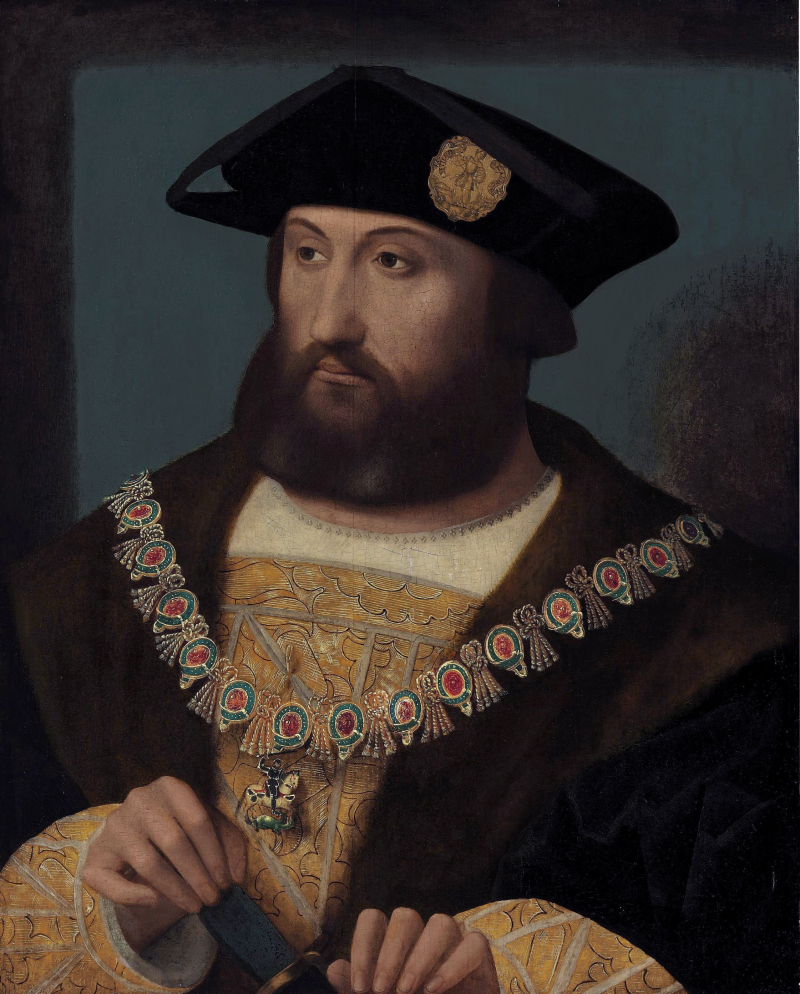
Pinterest 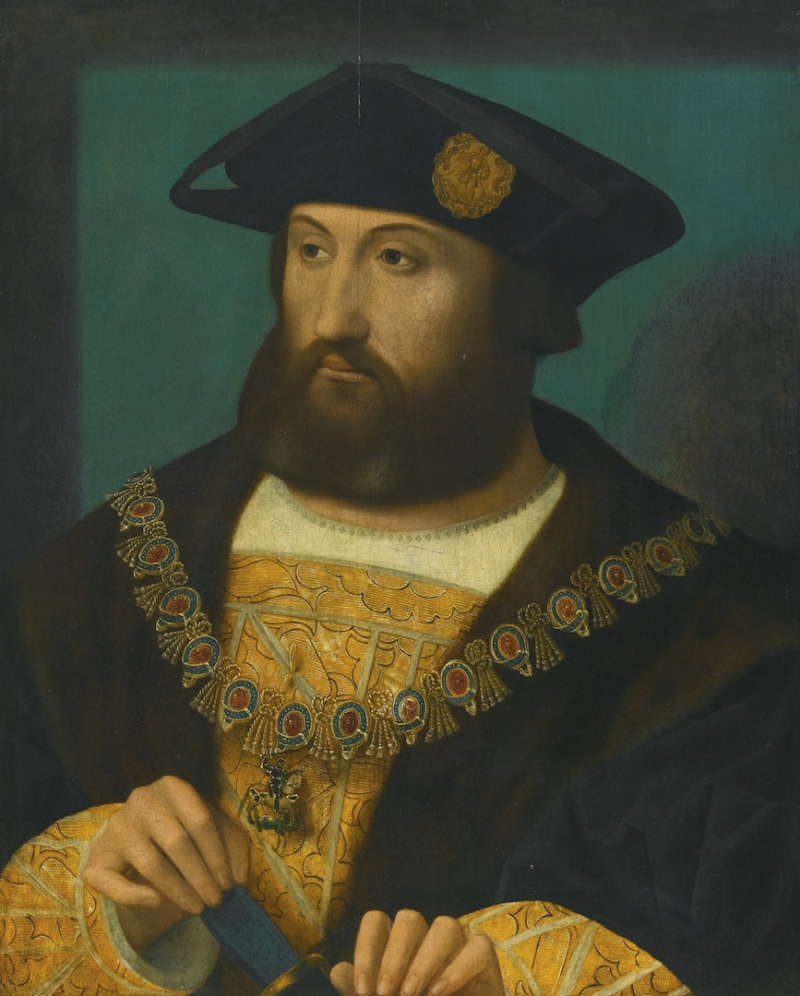
blogspot.com -
Sir Thomas More, also known as Saint Thomas More in the Catholic Church, was a well-known Renaissance humanist from England who also served as a judge, author, statesman, and social philosopher. From October 1529 until May 1532, he also assisted Henry VIII as Lord High Chancellor of England. In his 1516 book Utopia, he outlines the governmental structure of a fictional island state. More voiced opposition to the Protestant Reformation by launching attacks on the theologies of William Tyndale, Martin Luther, Huldrych Zwingli, and John Calvin. Additionally, others opposed Henry VIII's break with the Catholic Church by refusing to recognize him as the head of the Church of England and calling for the dissolution of his union with Catherine of Aragon.
He was found guilty of treason and put to death because he refused to swear the Oath of Supremacy. He reportedly exclaimed, "I die the King's excellent servant, and God's first," as he was being put to death. More was declared a martyr by Pope Pius XI in 1935. He was named the patron saint of businessmen and politicians by Pope John Paul II in 2000. Sir Thomas was one of the most admired individuals in England and Wales at the time. He was undoubtedly the most admired lawyer at the time and may have even been the most admired lawyer ever.
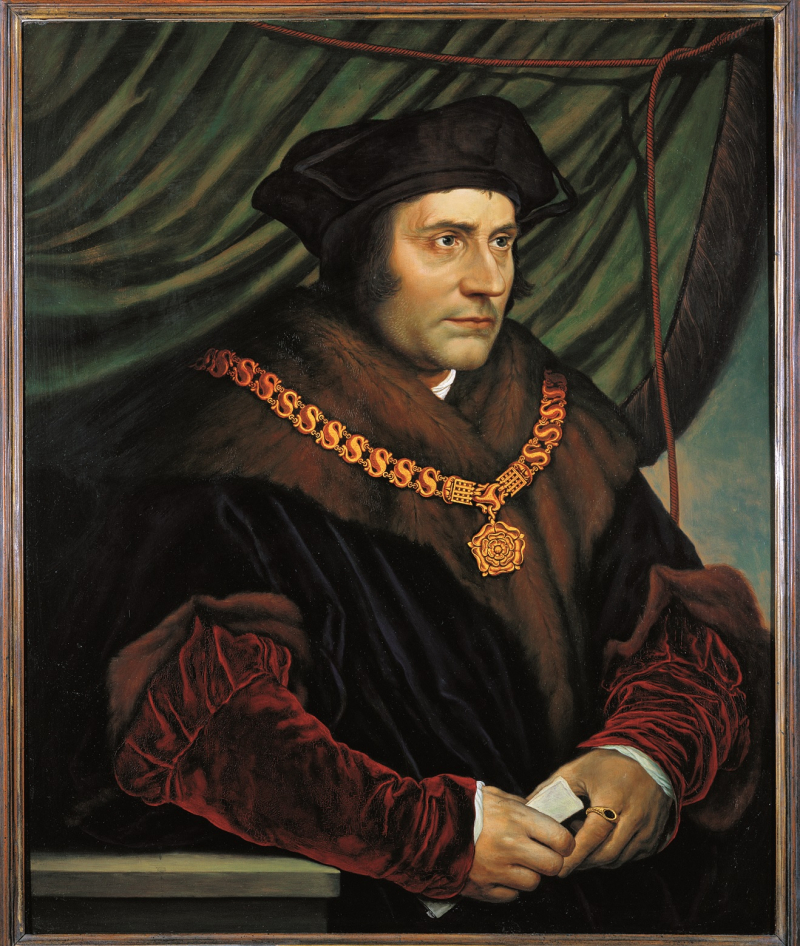
catholicinsight.com 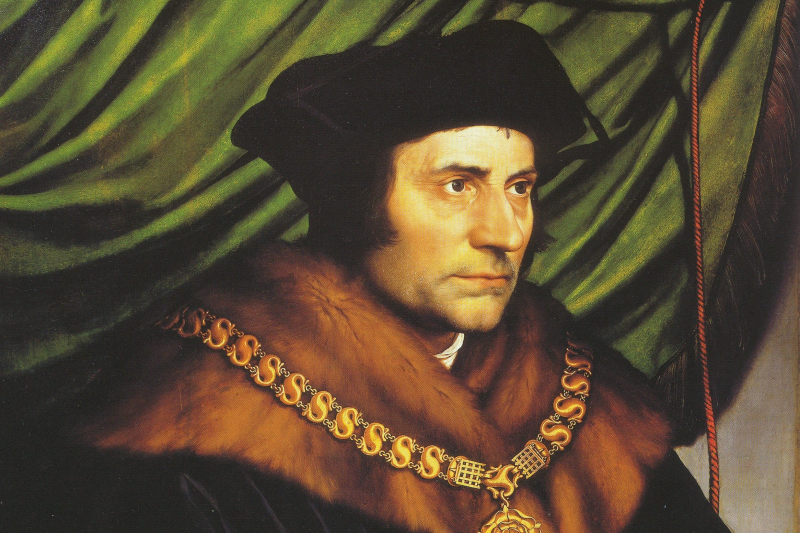
catholicmatch.com -
During the reigns of Henry VIII, Edward VI, and, for a brief period, Mary I, Thomas Cranmer served as the Archbishop of Canterbury and was a key figure in the English Reformation. He contributed to the development of the argument for Henry's marriage to Catherine of Aragon's annulment, which was one of the factors in the English Church's break from the Holy See. He agreed with Thomas Cromwell that the monarch should be regarded as the Church's supreme authority inside his realm, which is known as the royal supremacy concept.
Cranmer met Stephen Gardiner and the king during an accidental trip he took to Essex (to avoid coming into touch with the "sweating disease"). Cranmer, who was at this time a well-known theologian interested in the concerns brought up by Martin Luther, was hired by Henry, who wanted all hands on deck to get rid of Catherine, to use Scripture, the teachings of the Church Fathers, and whatever else he could gather to support Henry's stance. He was dispatched to Germany in 1532 as Henry's ambassador with instructions to speak with the Lutheran princes. His way of thinking was altered by the endeavor. Gardiner's lack of favor led to the appointment of Cranmer as Canterbury's archbishop in the same year.
He judged the king's marriage to Anne Boleyn legal and his previous marriage to be null and void the next year. Regarding the successive queens, Cranmer essentially carried out the king's wishes. Henry was set free by Cranmer in 1536 from Anne Boleyn, 1540 from Anne of Cleves, and 1542 from Catherine Howard. Cranmer's adversaries tried to remove him from Henry's good graces as the archbishop went increasingly more toward a Protestantism, but they were unsuccessful. Henry enjoyed his advice and died guarding him.
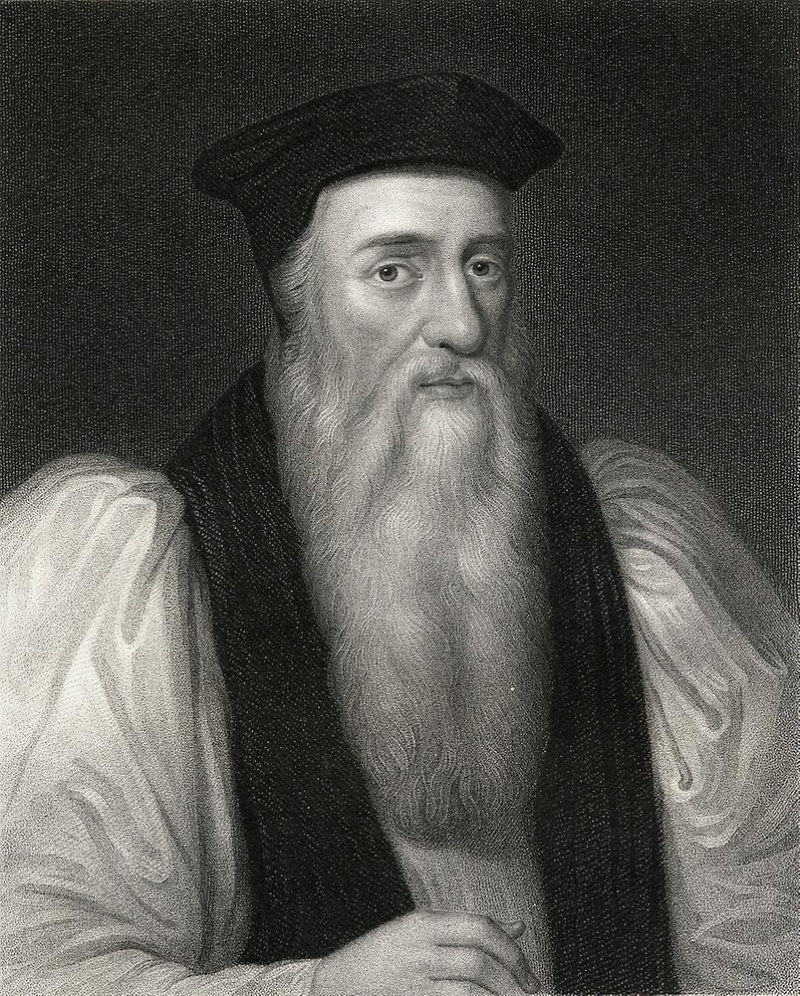
fruugo.my 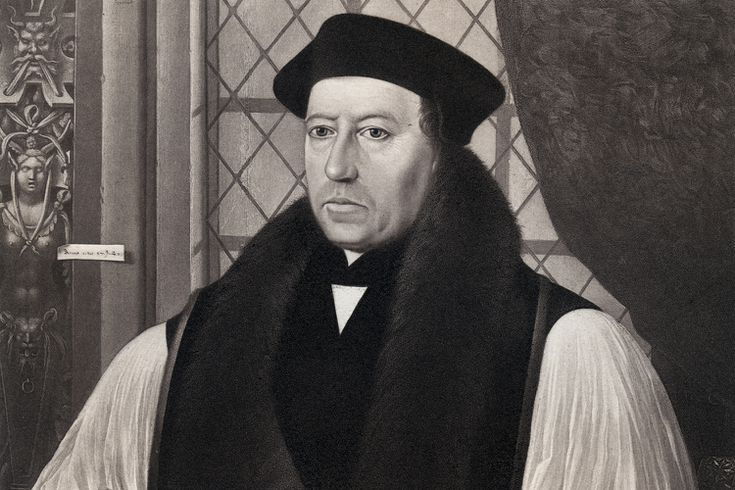
Pinterest -
During the Tudor era, Thomas Howard, 3rd Duke of Norfolk, was a well-known English politician and aristocrat. He had a significant part in the intrigues surrounding the weddings of two of King Henry VIII's wives, Anne Boleyn and Catherine Howard, both of whom were executed by beheading. When Henry VIII passed away on January 28, 1547, he was still imprisoned in the Tower of London after losing favor in 1546 and losing his Dukedom. He was freed at the coronation of the Roman Catholic queen Mary I, whose ascension he helped secure. This sparked conflicts between his Catholic family and the Protestant royal dynasty, which Mary I's half-sister, Elizabeth I, would carry on.
Norfolk's connection with the king had already been harmed by Cromwell by the time of Anne's overthrow in 1536. Norfolk had to oversee Anne's trial and death when she was put on trial. He was a devout conservative who rose to prominence as Thomas Cranmer's and Oliver Cromwell's chief foes. After Cromwell was put to death, Norfolk rose to prominence and eventually overtook him as the second most powerful Englishman. But Catherine Howard, Henry's fifth wife, who was also Norfolk's niece, was tragically also executed. Norfolk was convicted of being an accomplice to treason and given the death penalty four years later, but Henry himself passed away before the punishment could be carried out.
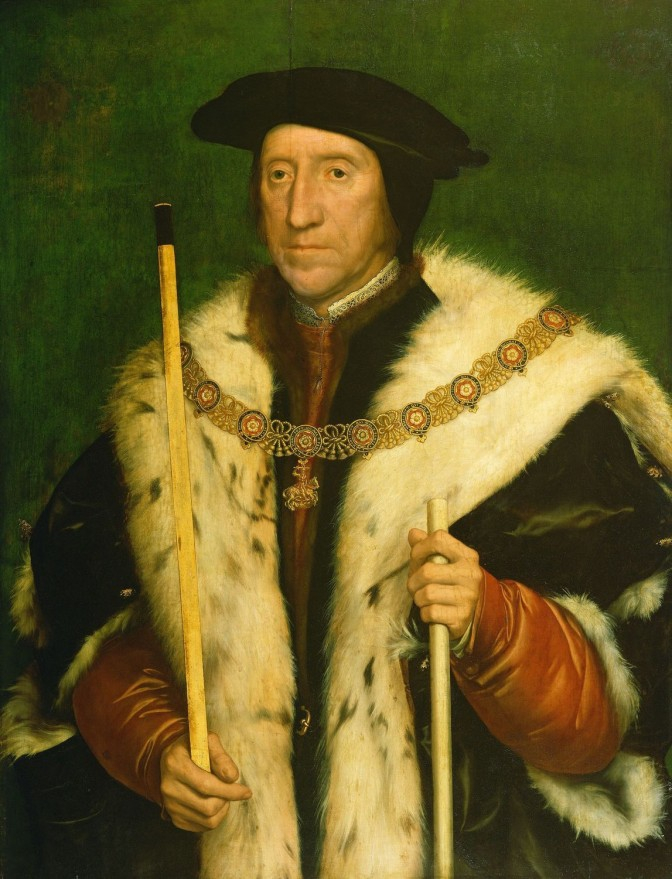
marquis-olisy.fr 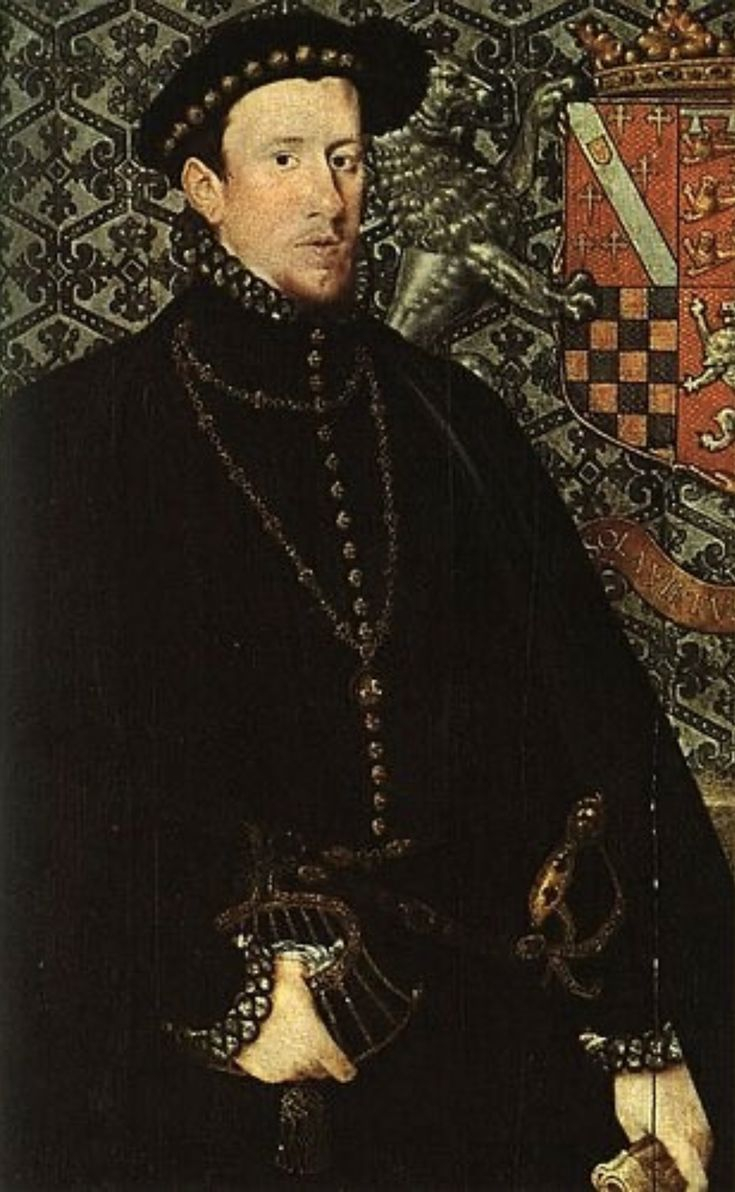
Pinterest -
During the English Reformation, Stephen Gardiner was a politician and English Catholic bishop who served as Lord Chancellor under Queen Mary I and King Philip. His skills soon caught the attention of Cardinal Thomas Wolsey, who hired him as his secretary. In this role, it is stated that he was present at The More in Hertfordshire for the signing of the illustrious Treaty of the More, which brought King Henry VIII and the French diplomats there. He most likely initially caught the king's attention on this visit, but it appears that he did not begin actively serving Henry until three years later. He definitely picked up some international politics expertise while working for Wolsey.
He and Sir Thomas More were appointed England's delegates in 1527 to negotiate a deal with the French diplomats to fund an army in Italy to fight Charles V, the Holy Roman Emperor. He was dispatched to Orvieto in 1527 as a canon lawyer to ask Pope Clement VII for a decretal commission that would allow the king's divorce case to be heard in England. He was also named ambassador to France in 1535, serving there for three years. In 1532, Cromwell allowed Gardiner to step down from his position as secretary. As a result, Cromwell joined Cranmer on Gardiner's list of adversaries. To combat some of the Protestant sympathizers on his royal council, the king retained Gardiner there, but he forbade the bishop from putting Cranmer on trial for heresy. Gardiner and Thomas Howard, 3rd Duke of Suffolk, both had a role in Cromwell's demise. After the six-year reign of the fervently Catholic Mary I, Gardiner would have his just desserts when he was reinstated to his see and elevated to the position of lord chancellor of the realm.
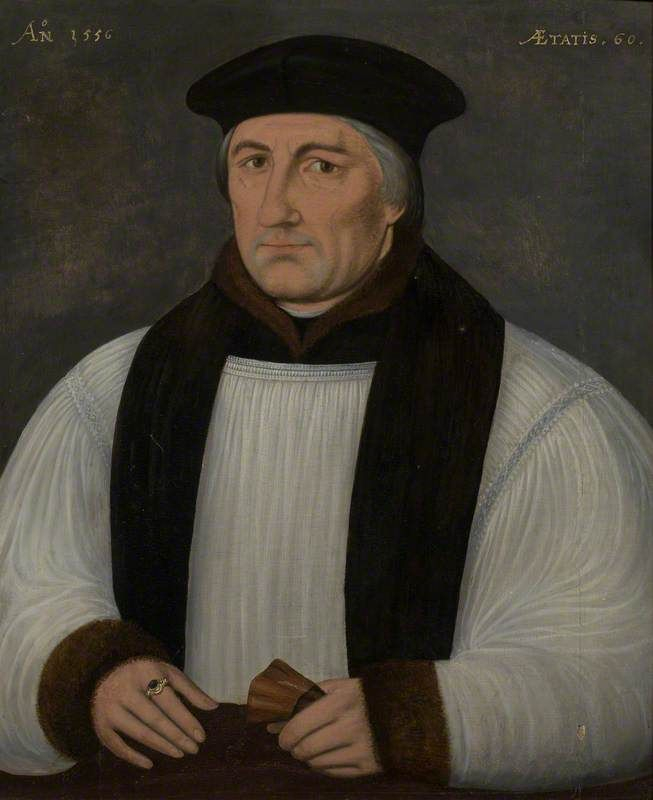
Pinterest 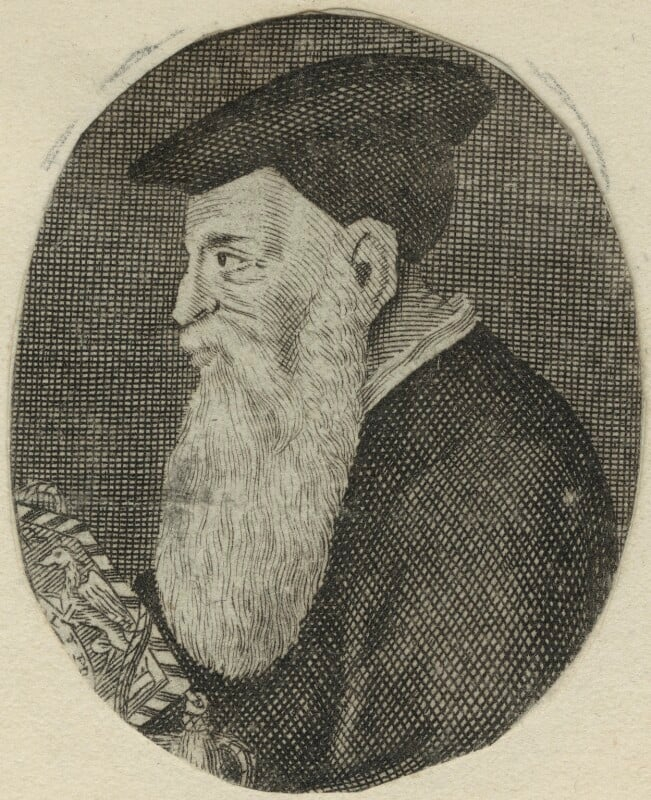
npg.org.uk -
An English statesman and Catholic bishop by the name of Thomas Wolsey. Wolsey was appointed as the king's almoner in 1509, when Henry VIII became the monarch of England. Wolsey's business grew, and by 1514 he had assumed absolute power over almost all governmental issues. Additionally, he had significant clerical positions. These included the papal legate position and the York Archbishopric, the second-most significant position in the English church. In 1515, Pope Leo X bestowed him the rank of cardinal, elevating him above all other English clergy.
Wolsey rose to the post of Lord Chancellor, the king's top advisor, which was the greatest political position he held (formally, as his successor and disciple Thomas Cromwell was not). He had a lot of freedom and was frequently portrayed as an alter ego in that capacity ("other king"). Wolsey lost favor and had his government titles taken away after he was unable to secure Henry's marriage to Catherine of Aragon's annulment. To fulfill his clerical obligations as archbishop, which he theoretically retained but had disregarded throughout his years in office, he withdrew to York. He was sent to London to face treason accusations, which Henry frequently brought against ministers who lost his favor, but he passed away on the route due to natural causes.
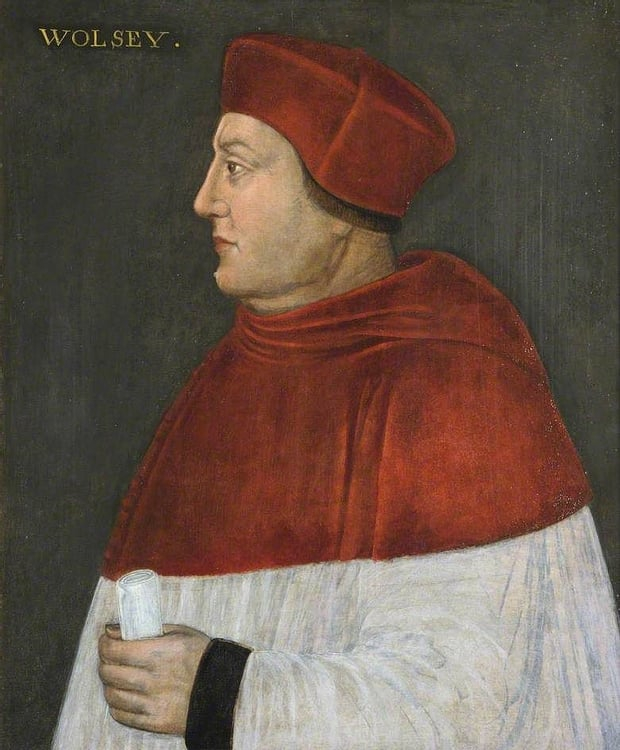
worldhistory.org 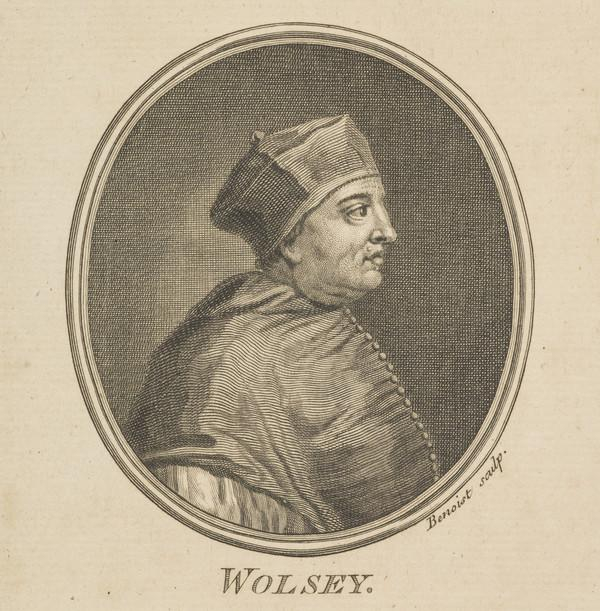
National Galleries of Scotland -
Thomas Cromwell, a short-lived Earl of Essex, was an English barrister and statesman who served as King Henry VIII's prime minister from 1534 until 1540, when the monarch ordered his beheading and then laid the blame for it on spurious accusations. One of the most influential supporters of the English Reformation and the father of authentic English government was Oliver Cromwell. In order for Henry to legally wed Anne Boleyn, he assisted in arranging for the king's marriage to Catherine of Aragon to be nullified. In 1533, Henry was unable to get Pope Clement VII's blessing for the annulment; as a result, Parliament recognized the king as the Supreme Head of the Church of England and granted him the right to dissolve his own marriage.
From his unique positions as Vicegerent in Spirituals and Vicar-general, Cromwell later set the Church of England on an evangelical and reforming track (the two titles refer to the same position). With his innovative ideas and lack of noblesse throughout his ascent to power, Cromwell gained many enemies, including Anne Boleyn. He duly contributed significantly to her fall from grace. After arranging the king's marriage to the German princess Anne of Cleves, he eventually lost his position of authority. Cromwell had hoped that the marriage would give the Reformation in England new vitality, but Henry thought his new wife was ugly, and the marriage was a failure for Cromwell, leading to an annulment six months later. On July 28, 1540, Cromwell was put to death on Tower Hill for treason and heresy after being tried under a bill of attainder. Later, the monarch expressed grief at the death of his top minister, and his reign never fully recovered.
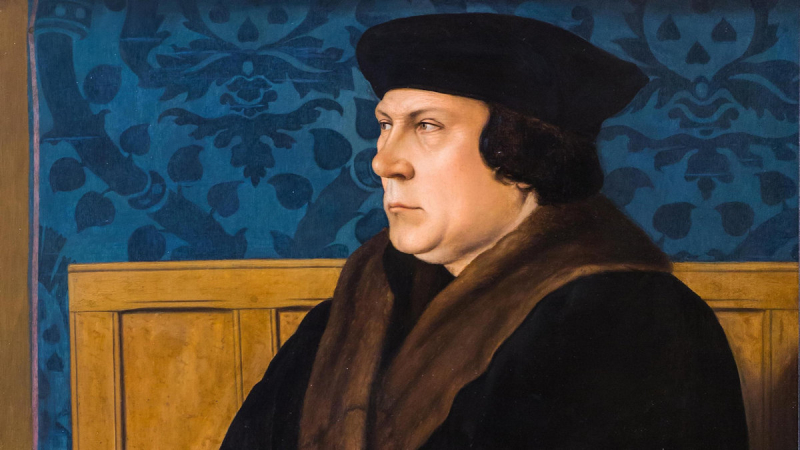
barryhopewell.com 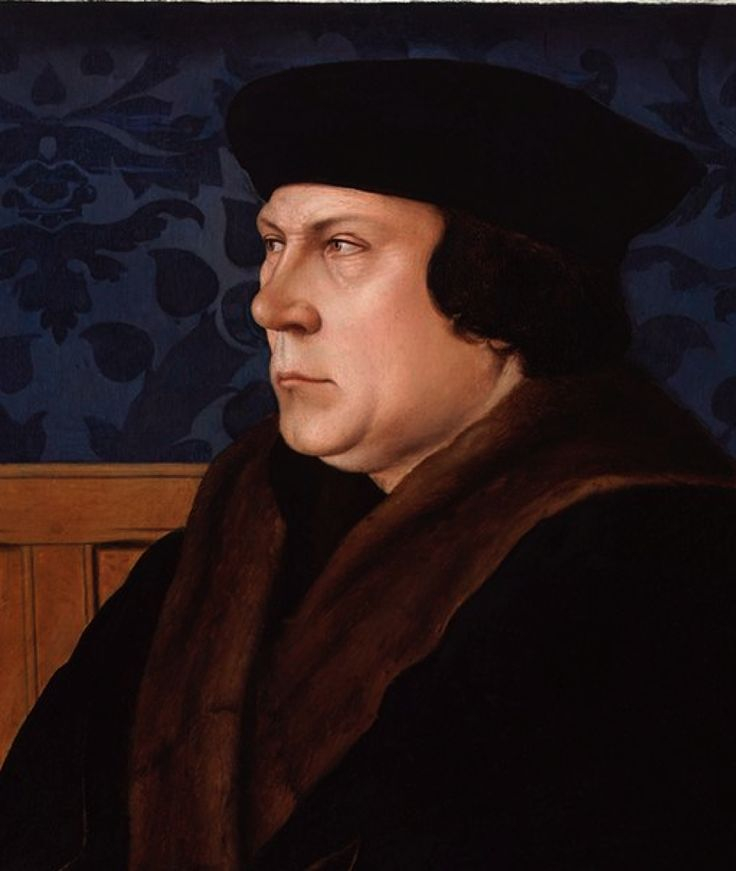
Pinterest
















